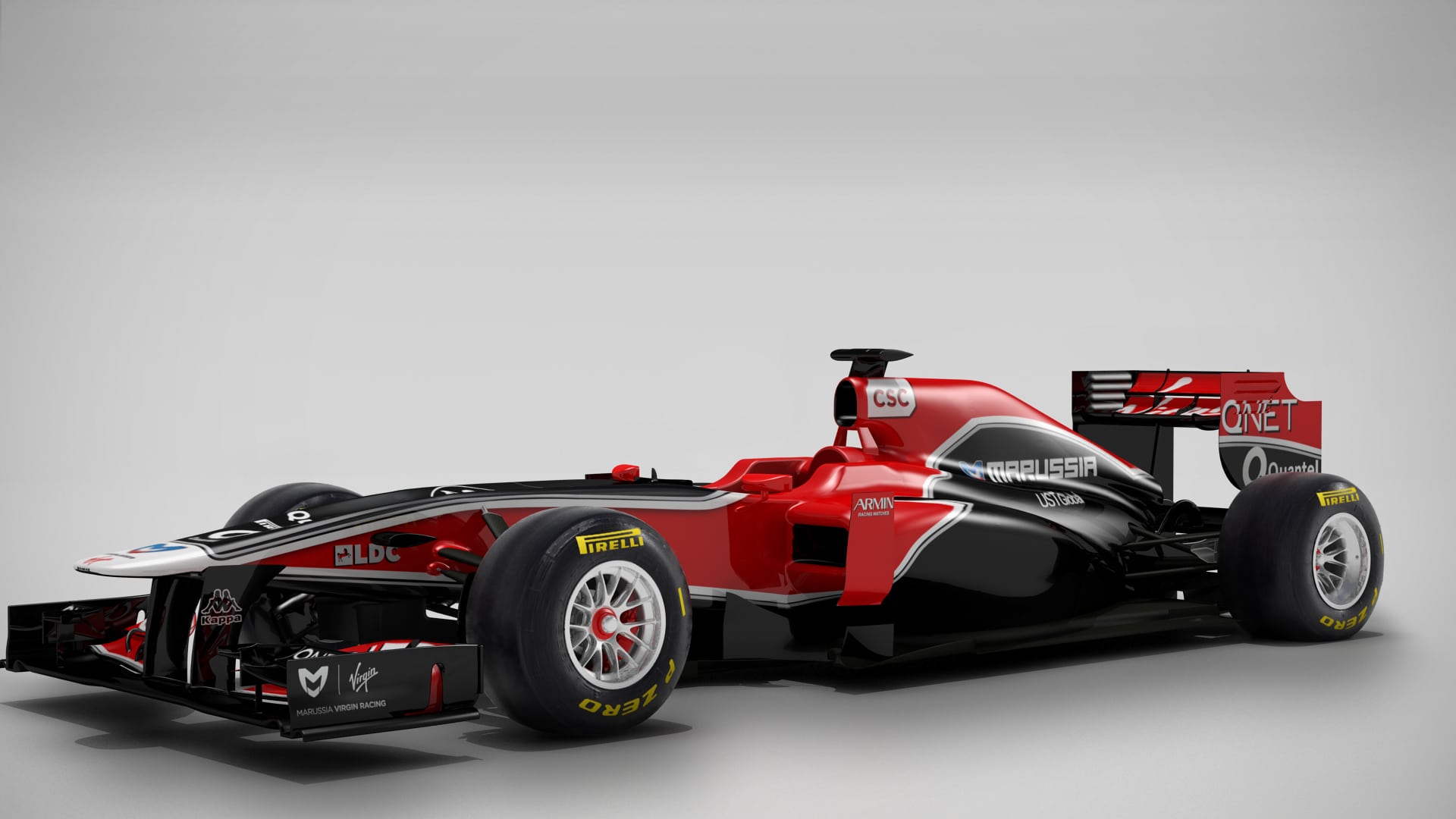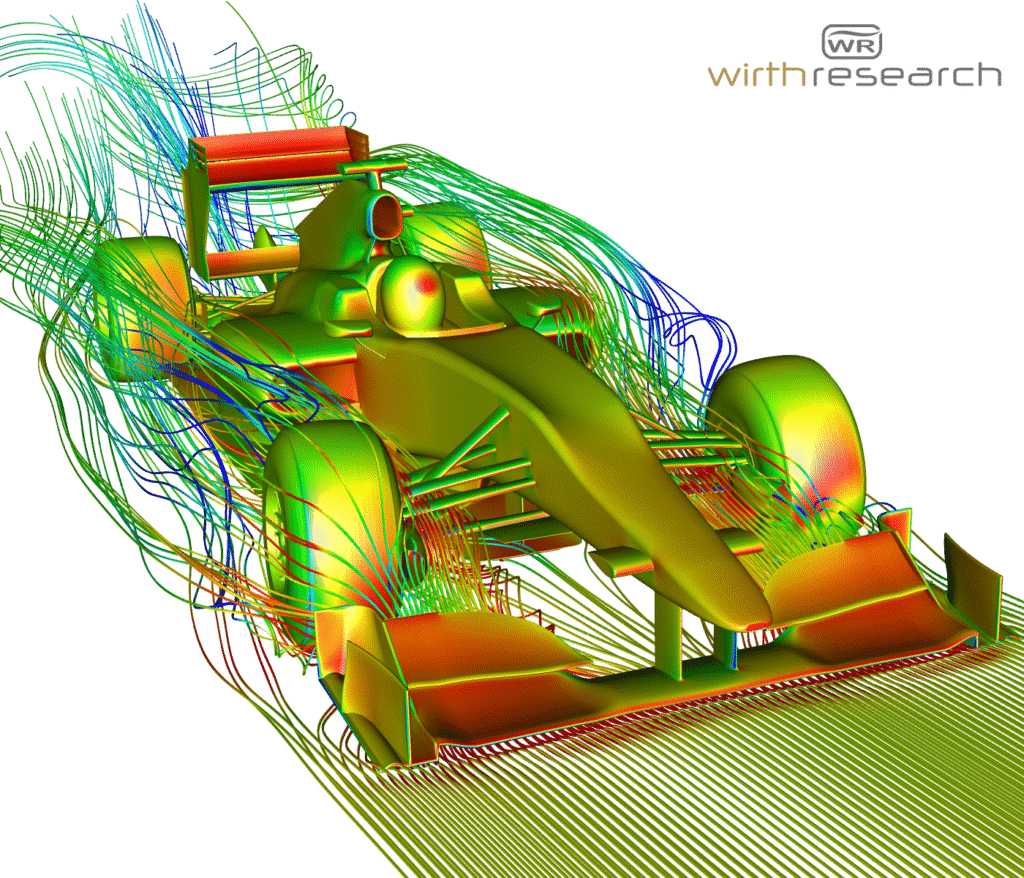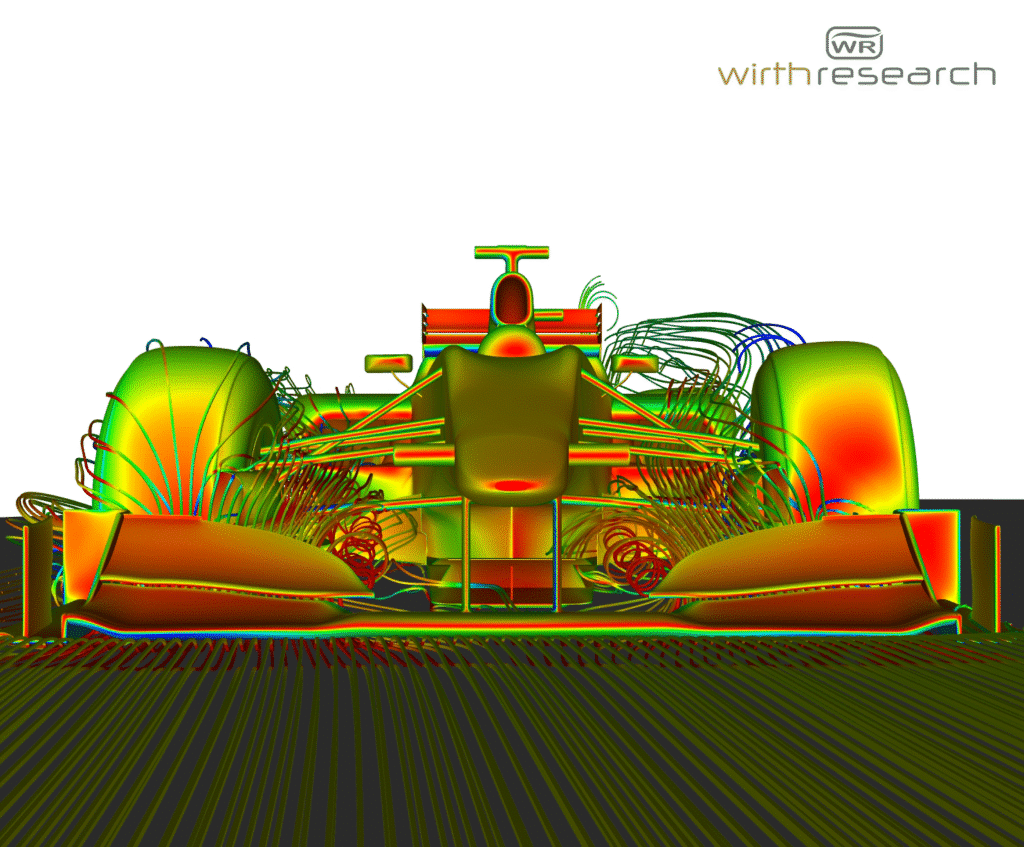NEWS & VIEWS
Nick Wirth: Adapting F1 Tech for Energy & Climate Innovation

In a recent piece for The Yorkshire Post, Wirth Research founder and ex-F1 designer Nick Wirth details his pivot from motorsport innovation to pioneering energy efficiency solutions for UK retailers and supermarkets. Nick explains how advanced F1 technologies, particularly Computational Fluid Dynamics (CFD), are now crucial for optimising airflow and thermal performance in commercial buildings. This expertise directly informs Wirth Research technologies designed to cut supermarket energy costs, such as the Airdoor system tackling weather related infiltration at entrances, the Ecoblade shelf-edge device improving chiller cabinet efficiency, and the Truechill optimised refrigeration design. His journey showcases the practical application of F1 engineering in driving significant energy savings and sustainability, offering vital insights for climate tech innovators navigating shifting investment trends.
Published 21st Apr 2025, 06:00 BST
I used to design F1 race cars, but then I started using the same technology to help retailers use less energy - Nick Wirth
I began my career designing F1 race cars. Before the pandemic, I started using the same technologies to help retailers and supermarkets use less energy. Without that change in direction, my business wouldn’t be functioning today.


CFD Models of Marussia Virgin VR-01 Formula 1 Car Designed and Built By Wirth Research
I suspect many young, purpose-driven entrepreneurs may find themselves at a similar pivot point. Investment in ‘climate tech’ is dwindling. However, that doesn’t mean that climate technologies don’t have a market.
Many climate technologies are designed to be both efficient and resilient. This means they have applications across multiple industries, including data centres, aviation, motorsport, agriculture, real estate and manufacturing. ‘Climate technology’ doesn’t need to be advertised as such to still have a positive impact on the planet.
For example, as a result of shifting world politics, investment in defence has increased. This provides plenty of opportunity; climate technologies are often hyper-efficient, noiseless, resilient and independent of wider energy supply chains.
Adaptability will keep climate innovation alive. Many climate entrepreneurs would be wise to follow the money. By using their businesses to address the problems of the day, many climate entrepreneurs may still be able to solve the problem of the century.
Changing political priorities mean that many investors are reallocating capital away from climate and towards defence. Global climate tech investment has dropped by 29 per cent between 2023 and 2024. However, in response to the fracturing world order, defence spending is up. Global VC Investments reached $31bn in 2024, marking a 33 per cent increase from the year before.
This shifting trend is only going to accelerate. The EU has unveiled its €800bn plan to shore up European defence. Many European nations, Britain included, are investing a greater share of their GDP on rearmament.
Instead of being seen as a disaster, this presents an opportunity. Innovators mustn’t be scared to use their solutions to solve multiple problems. Of course, many climate-tech entrepreneurs are driven by purpose over profit. I respect that; the world needs more builders driven by a mission above money.
However, market demand keeps businesses afloat. Founders who are driven by solving the climate crisis must resist the urge to remain so fixated on their mission that they blind themselves to the opportunities at hand.
This speaks to the resilience of ‘agnostic technology’. There is a curious amount of interchangeability between climate and defence innovation.
Electric vehicles can increase stealth. Advanced batteries are needed to power them. Solar microgrids then provide backup in the event of a power outage. Similarly, carbon capture could be used to maintain a safe level of breathable air in submarines, bunkers or even spacecraft.
Advanced, climate-resilient building materials can be used to keep critical assets safe. The list is surprisingly extensive.
What’s more, pivoting a climate tech company allows you to iterate, improve and upgrade your product, even when the primary market is down. By doing so, many climate tech entrepreneurs could find their products in a stronger position when the market does bounce back.
My message to young, climate-conscious entrepreneurs is this: keep calm and carry on building.
Nick Wirth is the founder of Wirth Research.
This article features insights originally published by Nick Wirth in The Yorkshire Post on April 21, 2025.
